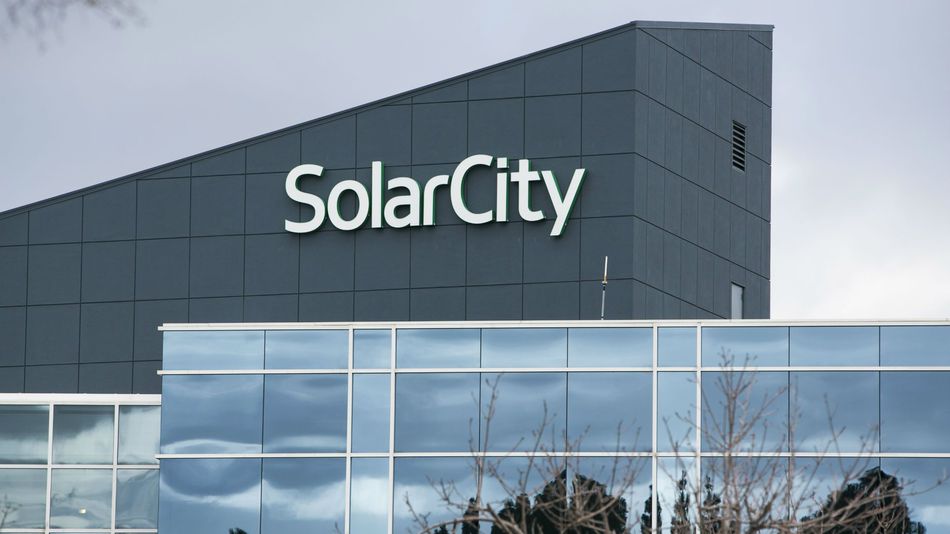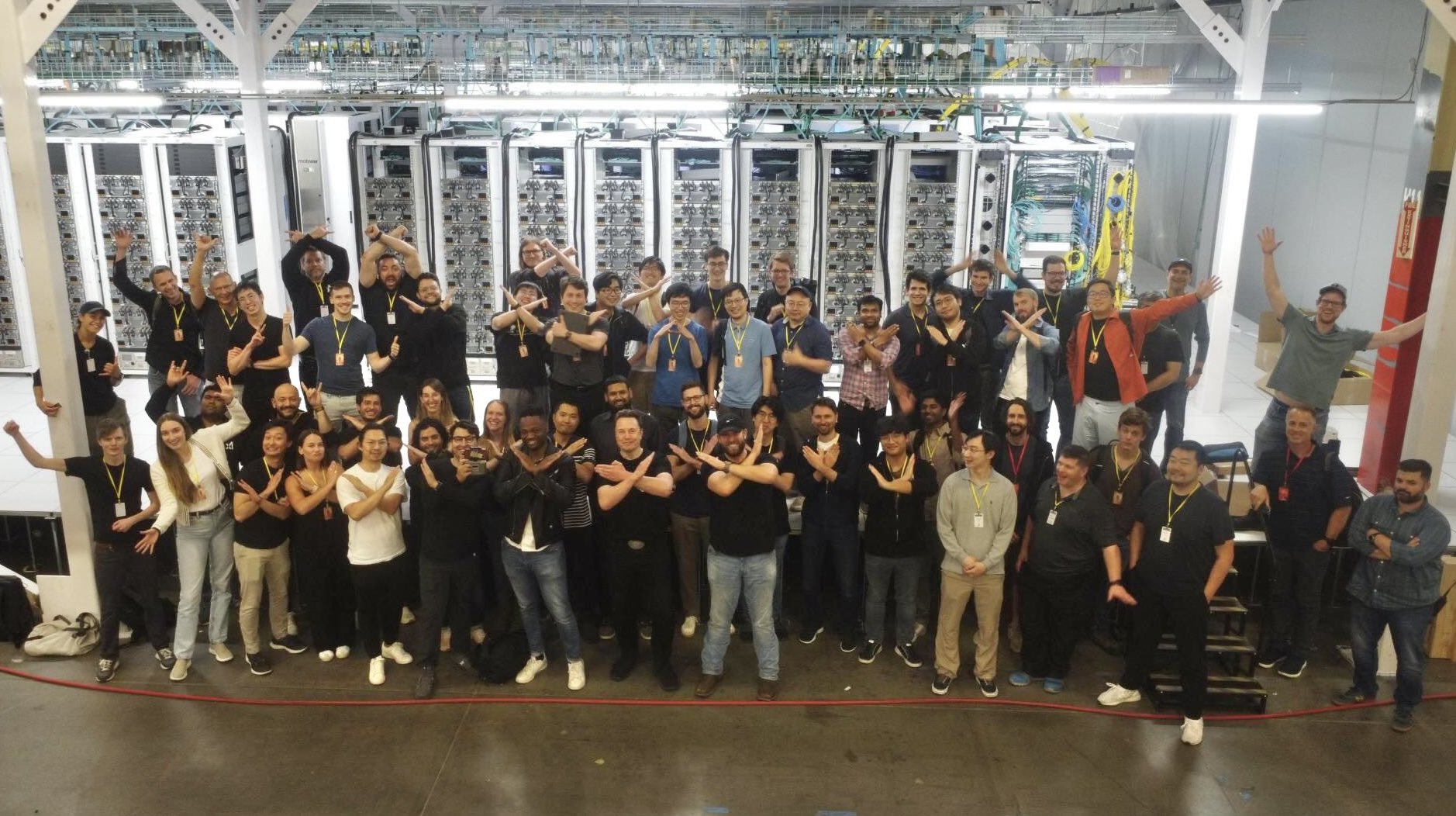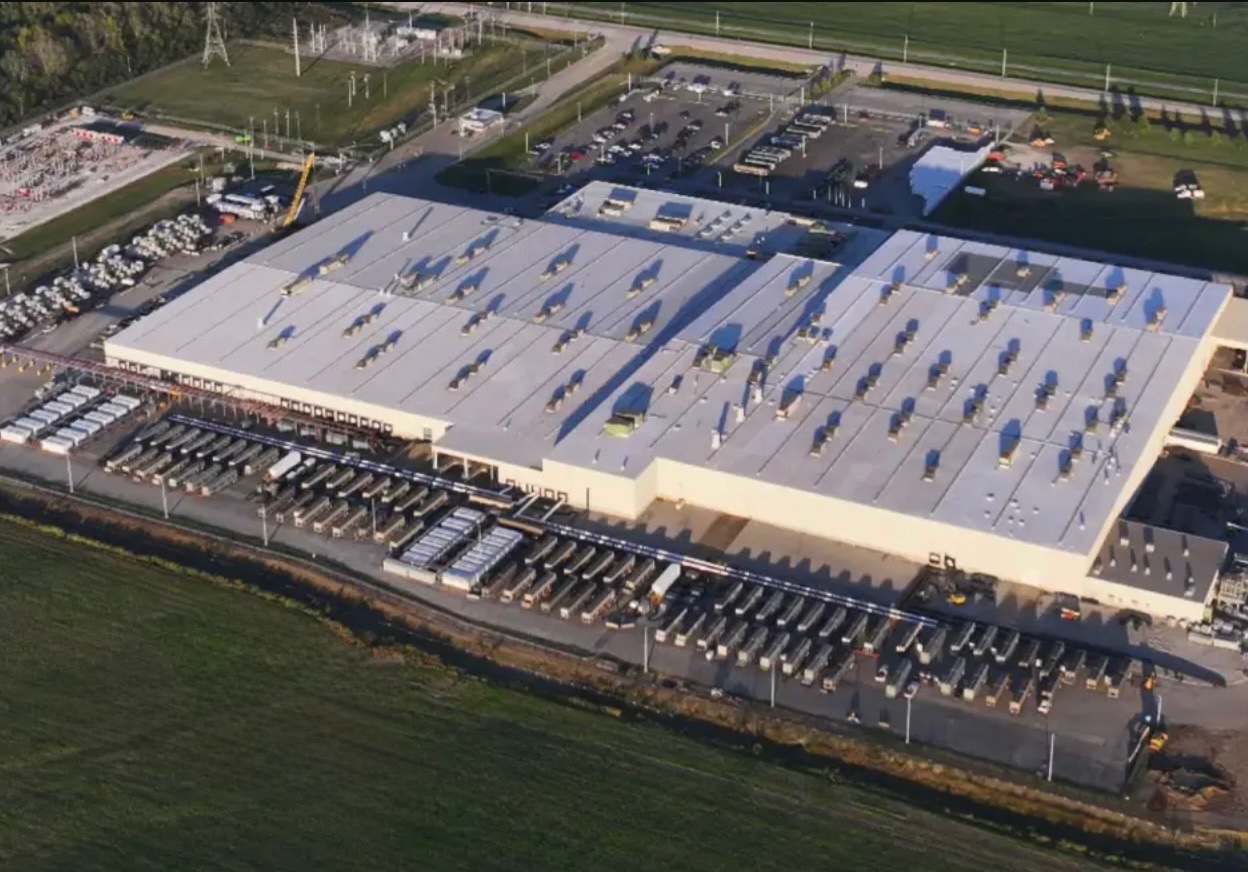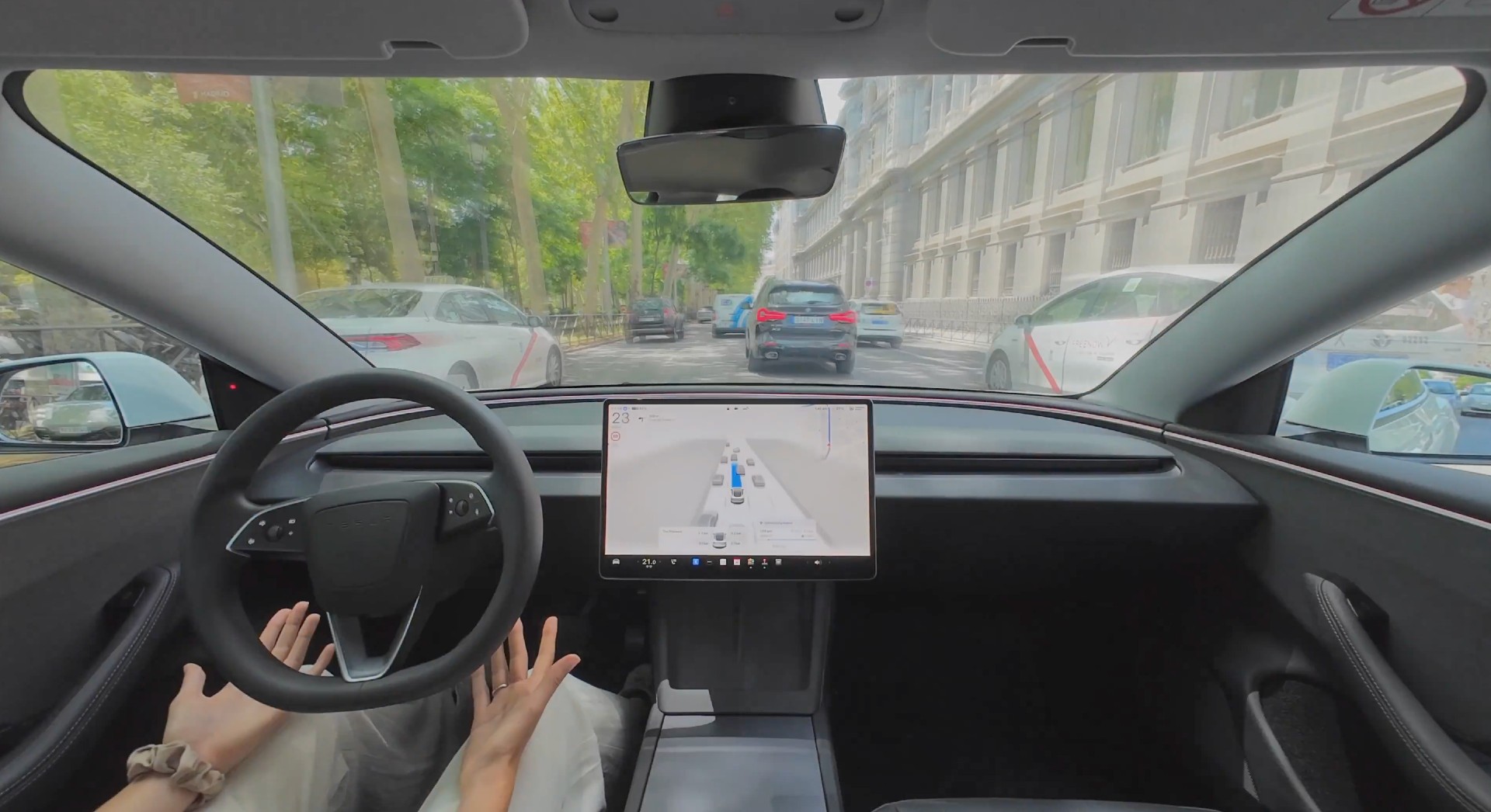News
Tesla/SolarCity solar roof will open up a whole new market, SolarCity CEO expects big 2017

Ahead of the upcoming Tesla/SolarCity event to be held in the San Francisco on October 28, SolarCity CEO Lyndon Rive tells Business Insider that the company expects 2017 to be a big year for solar because of the new solar roof product. The product as first mentioned by Tesla CEO Elon Musk during SolarCity’s Q2 earnings call, would likely be a solar component used during actual construction of a building versus being applied after the fact as in traditional solar panel roofing projects.
“It’s a solar roof as opposed to a module on a roof. I think this is really a fundamental part of achieving a differentiated product strategy – it’s not a beautiful roof that it is a solar roof. It’s not a thing on a roof. It is the roof. That’s – which is quite a difficult engineering challenge, and not something that is available really anywhere else that is at all good. I think this will be something that’s quite a standout. So one of the things I’m really very excited about the future.”, said Musk.
Aiming for Oct 28 unveil in SF Bay Area of new Tesla/SolarCity solar roof with integrated Powerwall 2.0 battery and Tesla charger.
— Elon Musk (@elonmusk) September 22, 2016
SolarCity CEO Lyndon Rive said after Sunday’s tweet that the solar roof unveiling when combined with the growing demand for solar will make 2017 a big year for SolarCity. “We should definitely increase forecasts for 2017,” he said. “I think there will be high demand for solar combined with storage. Our solar roofing offering opens up a whole new market we haven’t addressed before.”
Rive went on to say the solar roof will give SolarCity a long-term advantage, according to Business Insider. “I believe that next year, what is going to separate solar companies from one another is going to be their product. If the consumer can’t necessarily tell the difference between solar company A and B’s service because they claim to both have the best service, then you have to have product differentiation.”
The plan for Tesla Motors to buy SolarCity is still waiting for final approval. According to The Motley Fool, the basis behind Musk’s tweet citing Tesla would not have to raise more capital this quarter is because SolarCity actually has a substantial amount of cash on hand. Once the merger is finalized, some of the cash could help Tesla Motors pay for capital expenses.
Behind the scenes, SolarCity has started selling its solar systems rather than its earlier business model where solar systems were leased to consumers. That means it gets paid as soon as the loan is finalized, which frees up funds that previously were used to purchase products and pay installers, but got reimbursed over the life of the lease.
Hoium of The Motley Fool cautions that SolarCity will always need to raise more capital as its business expands and that it won’t be able to be a resource for Tesla long term. But if 2017 is as strong a year for solar as predicted, and if demand for the new solar roof is robust, SolarCity could definitely help Tesla through any liquidity crisis.
Hoium ends by saying, “Musk may not think Tesla Motors or SolarCity will need to raise funds if they’re combined in 2016, but that doesn’t change the fact that this is still a risky deal and could implode if financial partners don’t have wallets open to fund solar systems in the long term.”
There’s a lot riding on the solar roof reveal later this month. It won’t be quite as dramatic as the Model 3 coming out party, but it is hugely important for Tesla and SolarCity to get this right.

Elon Musk
Elon Musk confirms xAI’s purchase of five 380 MW natural gas turbines
The deal, which was confirmed by Musk on X, highlights xAI’s effort to aggressively scale its operations.

xAI, Elon Musk’s artificial intelligence startup, has purchased five additional 380 MW natural gas turbines from South Korea’s Doosan Enerbility to power its growing supercomputer clusters.
The deal, which was confirmed by Musk on X, highlights xAI’s effort to aggressively scale its operations.
xAI’s turbine deal details
News of xAI’s new turbines was shared on social media platform X, with user @SemiAnalysis_ stating that the turbines were produced by South Korea’s Doosan Enerbility. As noted in an Asian Business Daily report, Doosan Enerbility announced last October that it signed a contract to supply two 380 MW gas turbines for a major U.S. tech company. Doosan later noted in December that it secured an order for three more 380 MW gas turbines.
As per the X user, the gas turbines would power an additional 600,000+ GB200 NVL72 equivalent size cluster. This should make xAI’s facilities among the largest in the world. In a reply, Elon Musk confirmed that xAI did purchase the turbines. “True,” Musk wrote in a post on X.
xAI’s ambitions
Recent reports have indicated that xAI closed an upsized $20 billion Series E funding round, exceeding the initial $15 billion target to fuel rapid infrastructure scaling and AI product development. The funding, as per the AI startup, “will accelerate our world-leading infrastructure buildout, enable the rapid development and deployment of transformative AI products.”
The company also teased the rollout of its upcoming frontier AI model. “Looking ahead, Grok 5 is currently in training, and we are focused on launching innovative new consumer and enterprise products that harness the power of Grok, Colossus, and 𝕏 to transform how we live, work, and play,” xAI wrote in a post on its website.
Elon Musk
Elon Musk’s xAI closes upsized $20B Series E funding round
xAI announced the investment round in a post on its official website.

xAI has closed an upsized $20 billion Series E funding round, exceeding the initial $15 billion target to fuel rapid infrastructure scaling and AI product development.
xAI announced the investment round in a post on its official website.
A $20 billion Series E round
As noted by the artificial intelligence startup in its post, the Series E funding round attracted a diverse group of investors, including Valor Equity Partners, Stepstone Group, Fidelity Management & Research Company, Qatar Investment Authority, MGX, and Baron Capital Group, among others.
Strategic partners NVIDIA and Cisco Investments also continued support for building the world’s largest GPU clusters.
As xAI stated, “This financing will accelerate our world-leading infrastructure buildout, enable the rapid development and deployment of transformative AI products reaching billions of users, and fuel groundbreaking research advancing xAI’s core mission: Understanding the Universe.”
xAI’s core mission
Th Series E funding builds on xAI’s previous rounds, powering Grok advancements and massive compute expansions like the Memphis supercluster. The upsized demand reflects growing recognition of xAI’s potential in frontier AI.
xAI also highlighted several of its breakthroughs in 2025, from the buildout of Colossus I and II, which ended with over 1 million H100 GPU equivalents, and the rollout of the Grok 4 Series, Grok Voice, and Grok Imagine, among others. The company also confirmed that work is already underway to train the flagship large language model’s next iteration, Grok 5.
“Looking ahead, Grok 5 is currently in training, and we are focused on launching innovative new consumer and enterprise products that harness the power of Grok, Colossus, and 𝕏 to transform how we live, work, and play,” xAI wrote.
Investor's Corner
Tesla gets price target bump, citing growing lead in self-driving

Tesla (NASDAQ: TSLA) stock received a price target update from Pierre Ferragu of Wall Street firm New Street Research, citing the company’s growing lead in self-driving and autonomy.
On Tuesday, Ferragu bumped his price target from $520 to $600, stating that the consensus from the Consumer Electronics Show in Las Vegas was that Tesla’s lead in autonomy has been sustained, is growing, and sits at a multiple-year lead over its competitors.
CES 2026 validates Tesla’s FSD strategy, but there’s a big lag for rivals: analyst
“The signal from Vegas is loud and clear,” the analyst writes. “The industry isn’t catching up to Tesla; it is actively validating Tesla’s strategy…just with a 12-year lag.”
The note shows that the company’s prowess in vehicle autonomy is being solidified by lagging competitors that claim to have the best method. The only problem is that Tesla’s Vision-based approach, which it adopted back in 2022 with the Model 3 and Model Y initially, has been proven to be more effective than competitors’ approach, which utilizes other technology, such as LiDAR and sensors.
Currently, Tesla shares are sitting at around $433, as the company’s stock price closed at $432.96 on Tuesday afternoon.
Ferragu’s consensus on Tesla shares echoes that of other Wall Street analysts who are bullish on the company’s stock and position within the AI, autonomy, and robotics sector.
Dan Ives of Wedbush wrote in a note in mid-December that he anticipates Tesla having a massive 2026, and could reach a $3 trillion valuation this year, especially with the “AI chapter” taking hold of the narrative at the company.
Ives also said that the big step in the right direction for Tesla will be initiating production of the Cybercab, as well as expanding on the Robotaxi program through the next 12 months:
“…as full-scale volume production begins with the autonomous and robotics roadmap…The company has started to test the all-important Cybercab in Austin over the past few weeks, which is an incremental step towards launching in 2026 with important volume production of Cybercabs starting in April/May, which remains the golden goose in unlocking TSLA’s AI valuation.”
Tesla analyst breaks down delivery report: ‘A step in the right direction’
Tesla has transitioned from an automaker to a full-fledged AI company, and its Robotaxi and Cybercab programs, fueled by the Full Self-Driving suite, are leading the charge moving forward. In 2026, there are major goals the company has outlined. The first is removing Safety Drivers from vehicles in Austin, Texas, one of the areas where it operates a ride-hailing service within the U.S.
Ultimately, Tesla will aim to launch a Level 5 autonomy suite to the public in the coming years.








